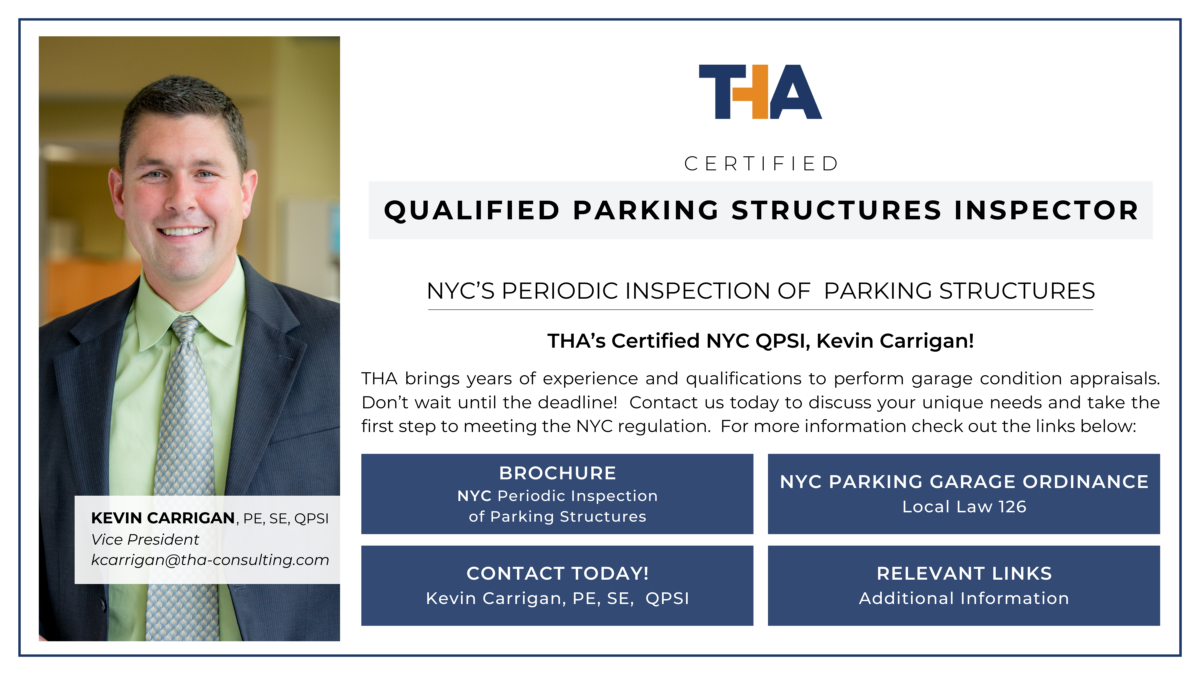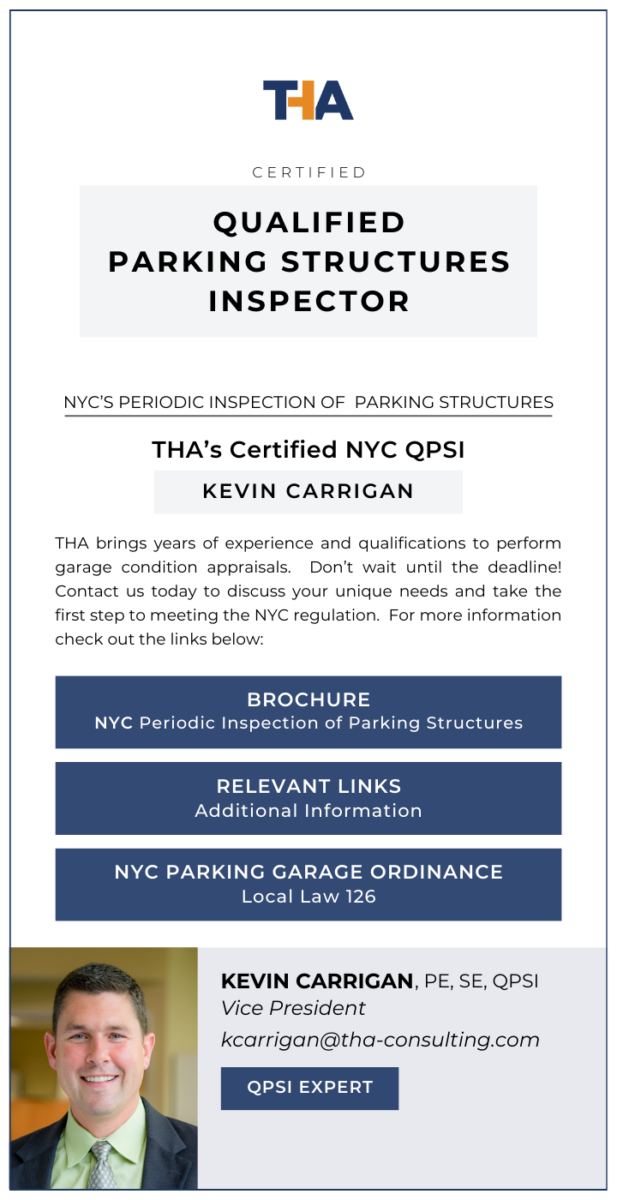What are the financial and environmental benefits of implementing shared parking in a development, downtown, or campus?
The variety of land uses typical in a development, downtown, or campus provide meaningful opportunities for shared parking. Shared parking is defined as “the use of a parking space to serve multiple land uses without conflict.” The utilization of the same parking space by multiple user groups (i.e., parking for commuters during the day, and residents or retail patrons in the evening and weekends) maximizes the use of the parking structure, reduces the amount of parking to be built, and if parking fees are charged, financially supports the facilities’ capital and operating expenses.
There are three main reasons why shared parking is important:
- Parking is very expensive to build and is not the highest and best use of land. Accordingly, it should not be overbuilt and “right sized” to meet parking needs.
- Land and opportunity cost is typically not best utilized with vacant parking.
- Overbuilding the parking areas is inefficient leading to an underutilized parking facility and may create security concerns within the garage while creating a negative image of a development.
Often in large scale mixed-use developments, individual parking structures are planned or developed for each building or land use component, and the garages are often wrapped by the other uses to hide the parking structure. While these designs do hide the garage from the public streetscape and can be aesthetically pleasing, the development of multiple structures for the individual development programs is often economically infeasible.
To reduce structured parking costs, the facilities should be consolidated and shared to the greatest extent possible. “For sale” condominiums often require “dedicated parking” adjacent to their building. However, other uses such as residential rentals, office and retail uses do not require parking immediately adjacent to their buildings. The short walk from the parking structure will also enliven the streetscape and support area retailers. Parking for commuters also does not need to be sited immediately adjacent to the transit station but located so that commuters will have a short and convenient walk past retail, dining, and public amenities.
*Federal, State, and Local codes govern most of these requirements and should be thoroughly investigated. Data presented herein should be considered guidelines only. For more specific information and assistance with implementation of these guidelines, please contact THA Consulting, Inc. via email at info@tha-consulting.com


